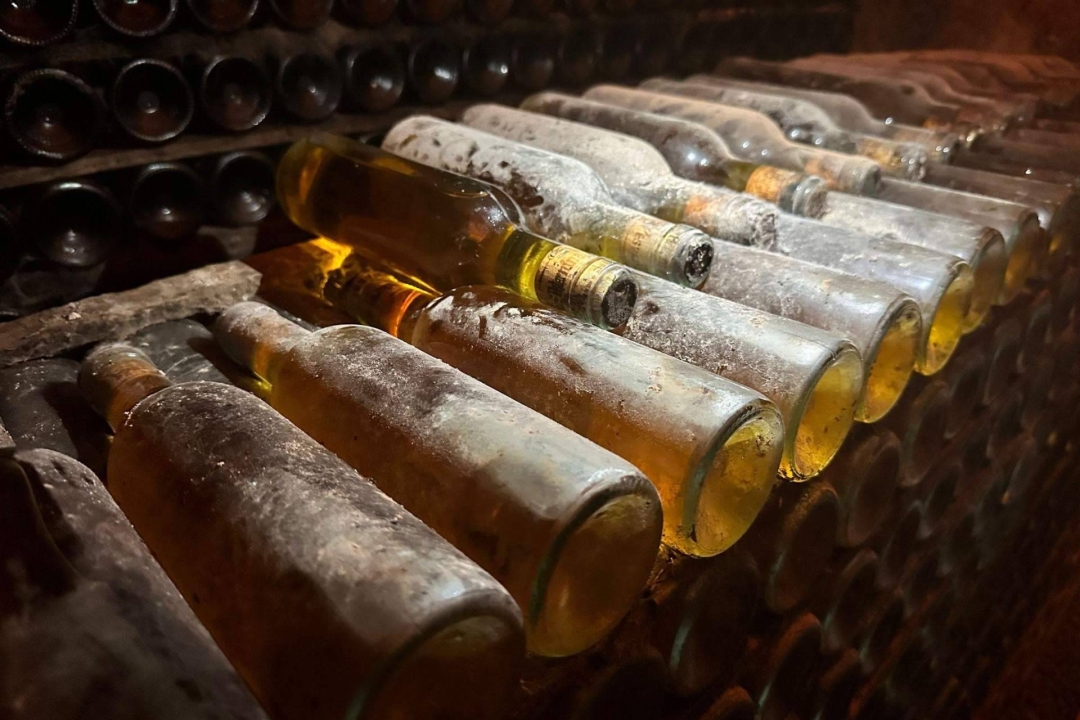When it comes to storing wine, there is no universal formula, but there are technical parameters that determine the proper preservation of each bottle. For years, the idea that 14 °C is the optimal temperature has been repeated, without nuance or exception.
However, in practice, the key lies not so much in an exact number but in thermal stability and the environment in which the wine is kept. Light, humidity, bottle position, and movement also influence the wine’s development, although many enthusiasts still focus exclusively on the thermometer.
Since its beginnings, Wine Tours From Madrid has incorporated an educational approach to wine into its itineraries, showing in situ how properly storing wine becomes an essential part of respecting both the product and its natural process.
Beyond the 57 °F myth: what really matters
The ideal temperature for storing wine is not fixed. While a range between 54ºF and 57 °F is generally recommended, it is not necessary to maintain it to the exact degree. Most bottles evolve well in cellars with temperatures ranging from 54ºF to 68 °F, as long as the changes occur gradually. Sudden temperature shifts are what truly harm the wine, as they disrupt its balance and accelerate undesirable chemical reactions.
The most valued conditions among experts include the absence of direct light, vibrations, and strong odours, as well as humidity above 70% to prevent the cork from drying out. If the temperature remains constant, even above 60 °F, wine can mature safely—though at a faster pace. This acceleration may be beneficial or problematic, depending on the wine’s profile and the intended consumption timeline.
Conversely, lower temperatures, around 46 °F, do not damage the wine but do slow down its evolution. For those storing bottles for long-term consumption, this can be an advantage. In such cases, using professional wine cabinets or stable underground cellars is highly recommended.
Additionally, certain types of wine require specific handling: white wines and those with low sulphite content are especially sensitive and should ideally be stored in the coolest part of the cellar, not exceeding 54ºF or 56 °F.
Wine tourism that also educates: storing wine through experience
Wine storage is not only a technical matter, but also a cultural one. The tours organised by Wine Tours From Madrid offer a full immersion into the wine world, enabling a deeper understanding of how storage conditions impact the final quality of the product.
Through visits to historic wineries in regions such as Ribera del Duero, La Rioja, and La Mancha, participants gain first-hand insight into the factors that help preserve a bottle’s integrity over time. These experiences grant access to historic spaces where proper storage practices are not improvised but rather form part of a tradition passed down through generations.
Moreover, tastings include wines at different stages of ageing, allowing guests to clearly identify the effects of storage on flavour, aroma, and texture. In this way, travellers don’t just taste wine—they learn to store it wisely, respecting its natural rhythm and authentic origin.
Media Contact
Company Name: WINE TOURS FROM MADRID
Contact Person: Press Office
Email: Send Email
Country: Spain
Website: https://winetoursfrommadrid.com/







